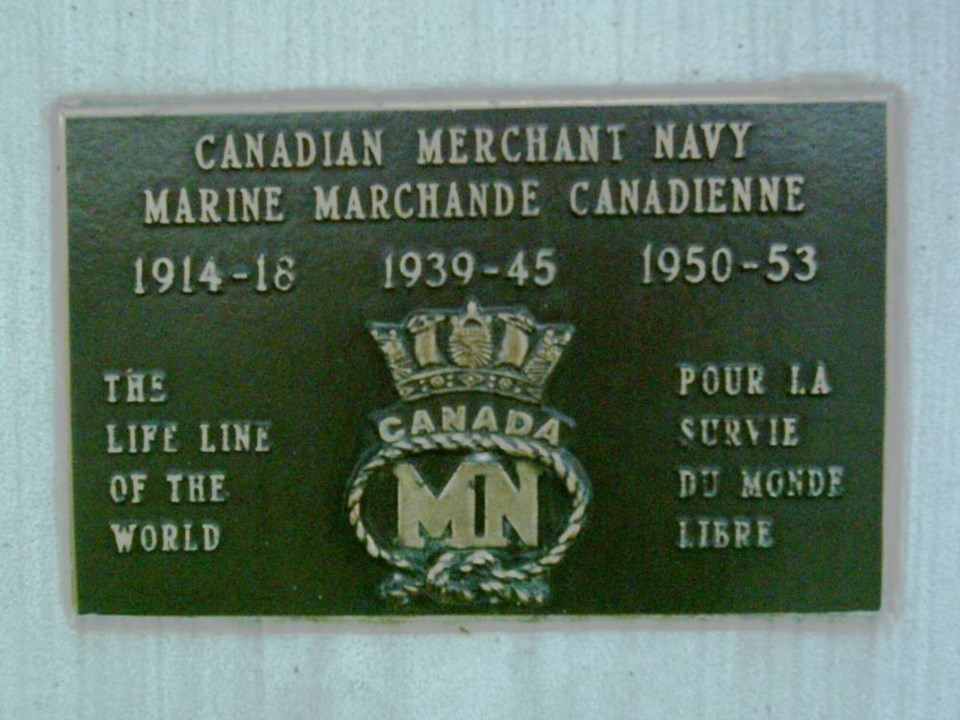A commentary by a retired navy lieutenant-commander.
By an act of Parliament, throughout Canada, every year, Sept. 3 shall be known as Merchant Navy Veterans Day.
I served in Canada’s merchant navy from April 1943 until the end of the war. At the beginning of the Second World War Canada had 38 merchant ships; by the end of the war there were 410 ships.
These ships were manned mostly by Canadians. The deck officers were mainly from the United Kingdom because there was insufficient time for Canadians to meet the qualifications required.
Seventy-three ships were lost.
In the early part of the war, a seamanship training facility was established at Head of St. Margaret’s Bay, N.S., and an engineering school at Prescott, Ont.
For the most part, it was on-the-job training for seamen. Manning pools were established on the east coast at Halifax and Saint John. Montreal also had a manning pool in the old Place Viger Hotel.
The pay was about the same as the navy, army and air force. On joining the merchant navy, no clothing of any description, including foul weather gear, was provided.
About 12,000 Canadians served in the Merchant Navy, and 1,600 lives were lost including eight women. These figures are from archival records.
The ships, called Defensively Equipped Merchant Ships, were well armed. Armament included a four-inch gun, rocket launchers, twin .50-calibre machine guns, a 12-pounder gun, and torpedo nets and minesweeping paravanes.
About 12 Royal Canadian Navy gunners were assigned to each ship. They were signed on the merchant ships as deckhands and were paid a nominal fee of 15 cents a day. This was to comply with the rules of the Geneva Convention.
At the end of the war, Canadian military veterans received an average of $488, adjusted to $7,288 in today’s dollars. The merchant seamen did not receive any compensation.
In 1998 a group of four dedicated and hard-working merchant seamen participated in a hunger strike at Parliament Hill, lobbying for a new compensation plan.
The government began awarding cash payments, and I gratefully received a little over $10,000. By then I had completed a 32-year career in the Royal Canadian Navy.
I took my extended family on a cruise.



